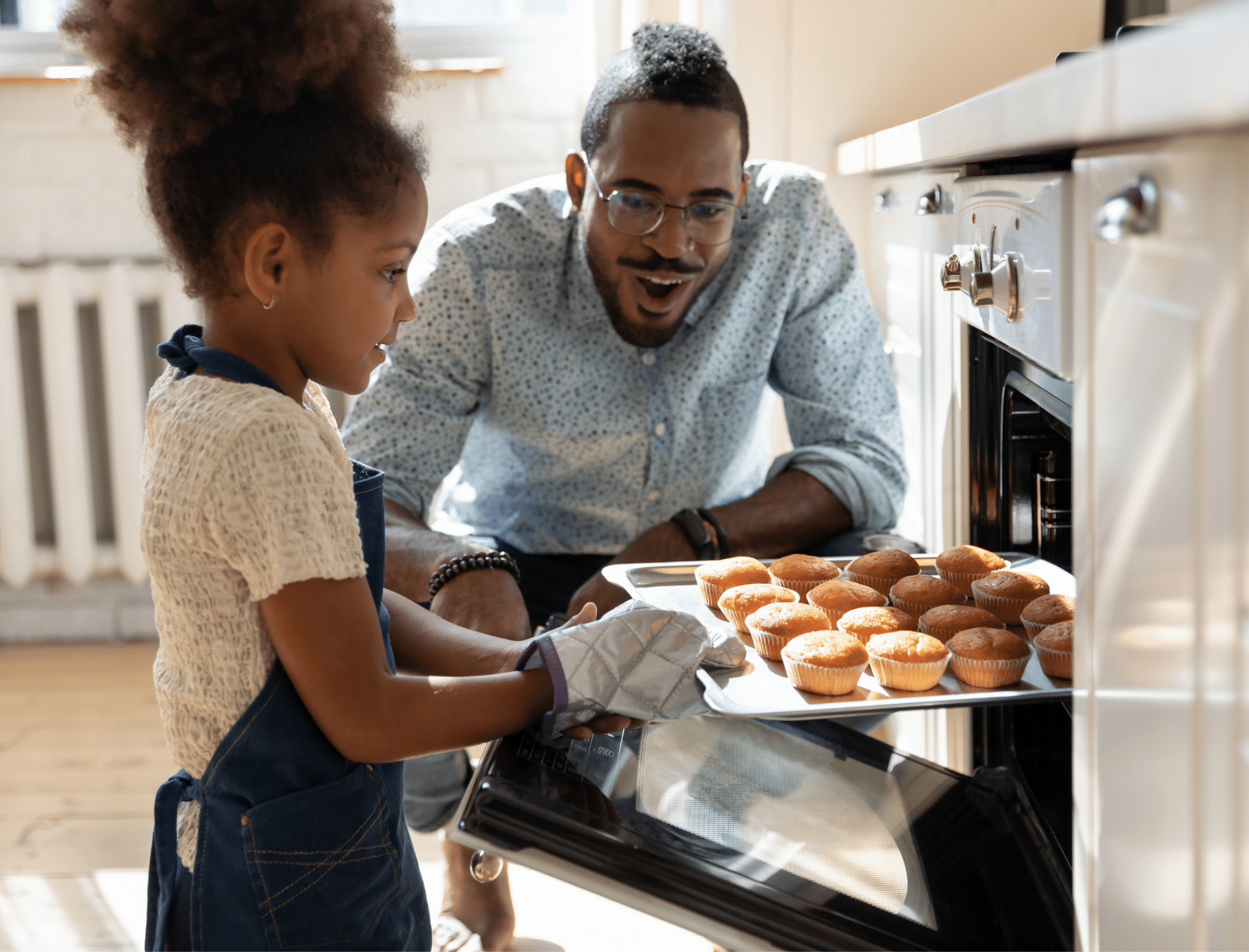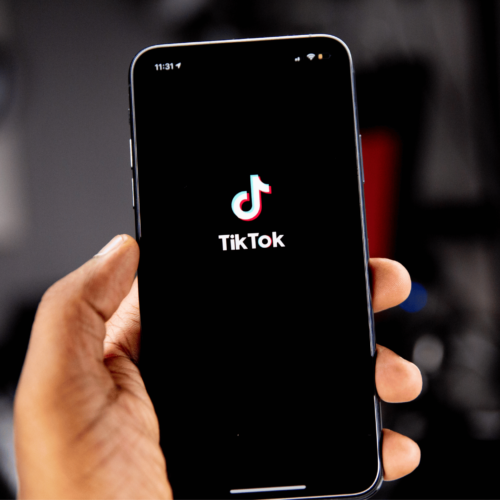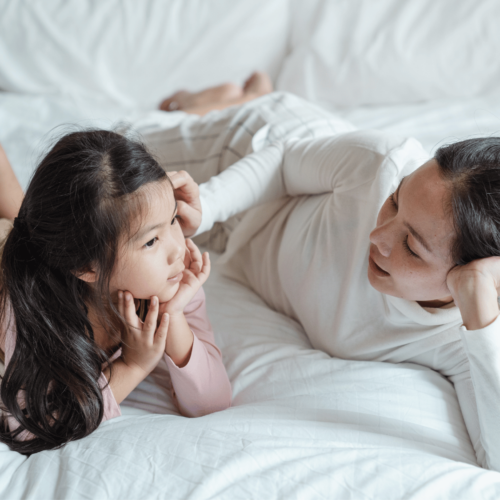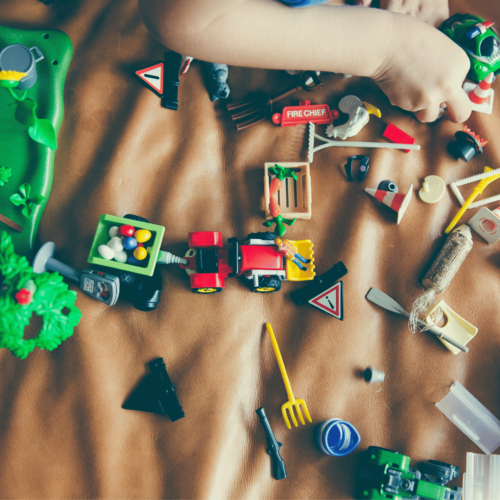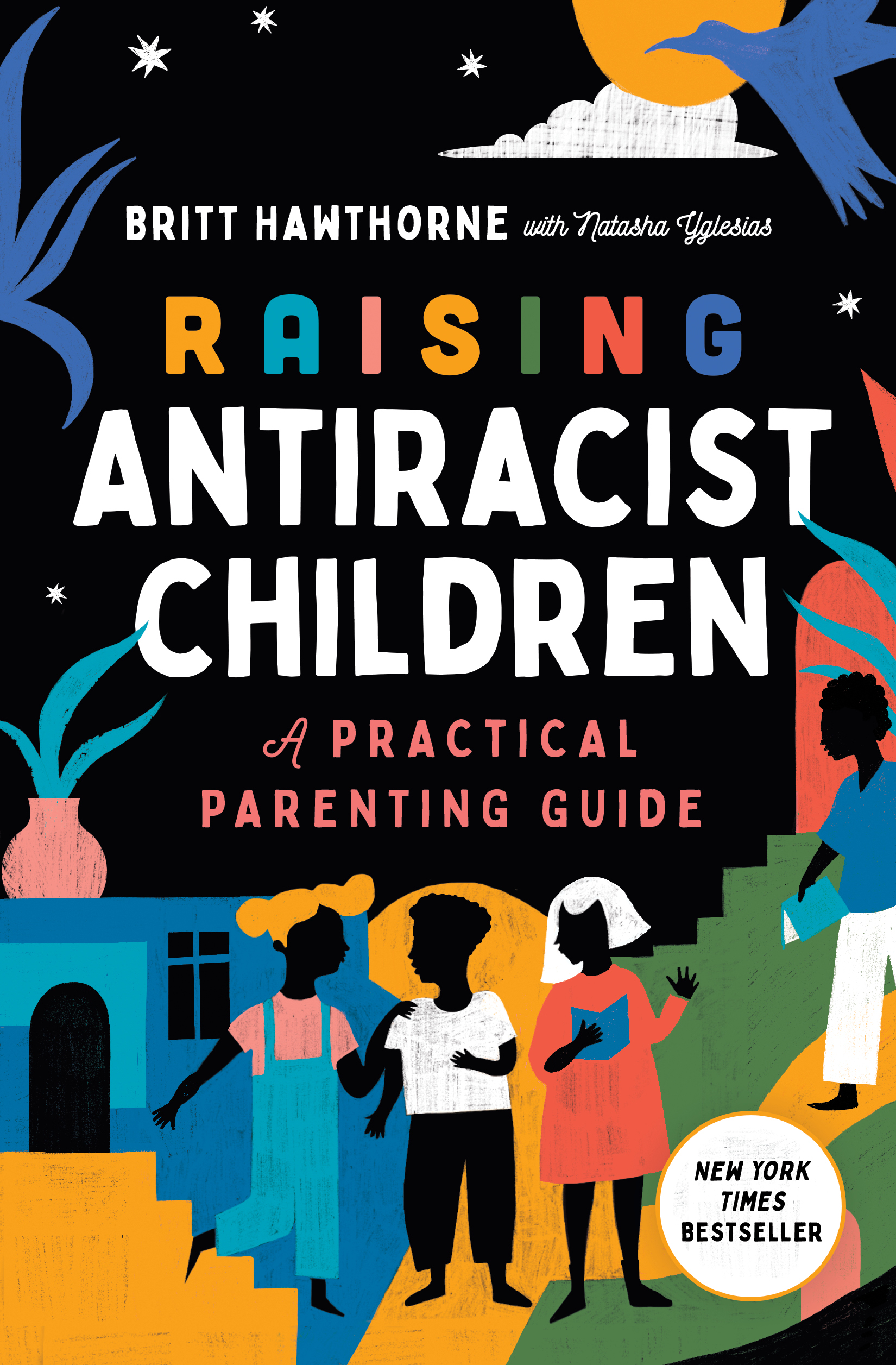If you’re looking for children’s activities for Black History Month, you’ve landed in the right place. But first a little background. We honor and celebrate Carter G. Woodson for establishing the first celebration of Negro History Week on February 7, 1926, which led to Black History Month. While we hope that learning about the accomplishments of Black people is a regular part of your child’s development, the truth is that it might not be. American textbooks leave out and whitewash significant chunks of Black history. Here are 32 children’s activities for Black History Month by age group that you can experience with your children to continue the conversation.
32 Children’s Activities For Black History Month
Black History Month is an opportunity to center the beauty of Black people and Black culture. It’s an opportunity to dedicate time and energy to unlearning harmful white supremacist narratives and honoring the remarkable achievements of Black people. Keep reading to learn how to honor Black History Month with the whole family in age-appropriate ways. The activities below are categorized by age but many of them are fun and educational for various age groups—including adults!Disclosure: I only recommend products I would use myself and all opinions expressed here are my own. I am an affiliate of Bookshop.org and I will earn a commission if you click through and make a purchase.
Ages 0-3 Children’s Activities For Black History Month
1. Support Your Local Community
Several cities across the United States offer Black History Month activities and celebrations. Check your local children’s museum, public library, and community centers for a list of FREE or affordable events. Remember, what you say is just as important as what you do. Supporting and engaging in Black-led events creates a family practice of community solidarity.
2. Make a Hands and Feet Mural With Skin Tone Paint
“Mommy this isn’t the right brown!” Our children loved drawing and painting themselves and their friends but we struggled to find skin tone paint. So, we made our own skin tone paint and so can you with the guidance below! Then embrace the mess as your kids use their hands and feet to make a giant mural. This paint is washable, so if it gets everywhere you can get it out of almost anything with some water. Reminder, we want to help children understand that washable paint can easily wash off, but people’s skin color cannot.
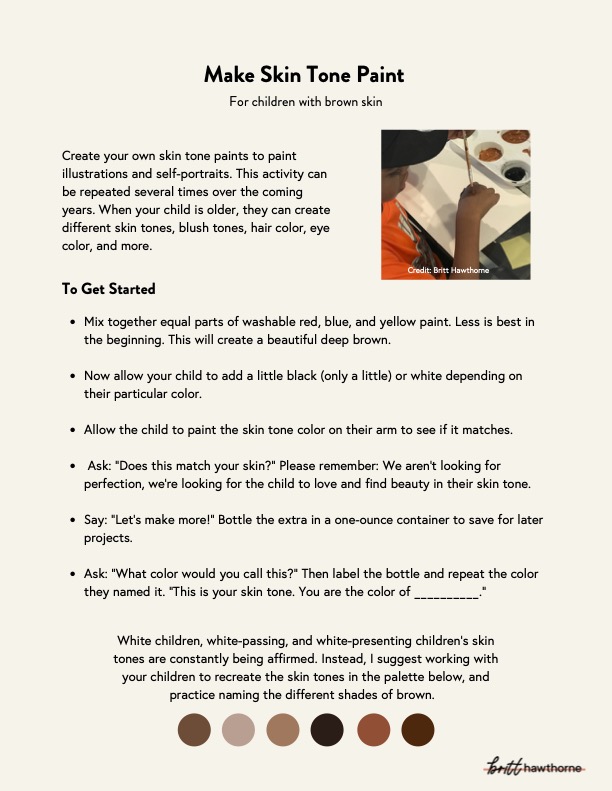
3. Learn About Jacob Lawerence
Busy city! Beep, beep, beep! Jacob Lawrence’s exuberant artwork guides readers through a bustling city, complete with builders rat-a-tatting and children playing in the streets. With rhythmic text and 11 iconic paintings, this book is both an introduction to an influential artist and a celebration of city life. Purchase your copy of Jacob Lawernce In the City here and learn more about his work here.
4. Make Your Own Drum and Learn the History of the HBCU Drumline
The marching bands at Historically Black Colleges and Universities (HBCU) have a long, spectacular history, filled with intricate choreography and exciting musical arrangements. Teach your little one about HBCU drum lines here, then learn how to make your own drum here.
5. Watch Motown Magic on Netflix and Do a Sing-Along
Motown Magic is a Netflix TV show that centers around Ben, the 8-year-old Black boy who uses a paintbrush to bring the streets of Motown to life. Filled with imagination, and remarkable, historically-accurate music, your kids will be singing along in no time (just turn the closed captions on and sing with them!). Watch the trailer here.
6. Listen to “Sweet Honey in the Rock” Together
Sweet Honey In The Rock® is a performance ensemble rooted in African American history and culture. The ensemble educates, entertains, and empowers its audience and community through the dynamic vehicles of a cappella singing and American Sign Language interpretation for the Deaf and hard of hearing. Our favorite family album is Still the Same Me because it offers us plenty of opportunities to move our bodies with the lyrics. I also recommend watching “A Family is a Family” here.
7. Try Different Soul Foods Together and Explore the Taste
Food is the key to the heart, and that’s where culture and soul live.
Explore these twenty-two recipes by Black chefs and pick one or two to enjoy with your little one. This can be done with purees or solids, depending on how many teeth your kids have! If your child isn’t ready or has a particular diet, you can still enjoy these dishes. Modeling eating different foods, cooking with different spices, and sharing accurate language teaches your child that Black culture is expansive.
Ages 4-7 Children’s Activities For Black History Month
8. Plant Seeds and Watch Them Grow
Progress can sometimes take a long time, where the work of people today impacts people generations from now. Planting seeds, and watching them grow and change can be a lovely way to show this process symbolically. Plant a seed today, and in a few weeks, you’ll have a flower, or in thirty years, you’ll have a 50-foot tall tree. To make this idea come alive, watch “How Things Grow on Tab Time” by Tabitha Brown.
9. Learn to Hula Hoop
Has your little one ever tried hula hooping? There’s a lot more to it than just swinging the hoop in a circular motion. Learn from these ten Black hula hoopers about the limitless opportunities of the pastime. The Black Hula Hoopers Unite Facebook page is a great place to connect with other Black hula hoopers and read The Hula-Hoopin’ Queen together
10. Listen to a Black History Month Playlist
This Black History Month playlist includes tracks from legends Ben E. King, Sam Cooke, Etta James, Bill Withers, and more. This playlist includes links to Youtube, so there’s no need to have a subscription to a music streaming service.
11. Write a Blues Song
Black history isn’t complete without the blues, one of the most influential genres of music, created by Black Americans at the turn of the 20th century. The music captured the everyday moments of Black folks and created space to center the suffering of Black people in America. Learn more about the blues here.
Once you have listened to various famous blues artists such as Mamie Smith, Ma Rainer, and Bessie Smith, you can try to write your own blues song. Good luck!
12. Bake Buttermilk Biscuits
Buttermilk biscuits originated in Southern Appalachia in the late 1800s. They are a big part of Southern Black culture. Learn how to make your own with your children here.
13. Study HBCU Nomenclature
Your kids know the ABCs, but do they know the names of all the HBCU in the country? Help them learn the names of Historically Black Colleges and Universities (HBCU) with these advanced ABC flashcards.
14. Watch an HBCU Marching Band
Experience the magic of Historically Black Colleges and Universities (HBCU) marching bands without leaving your house. This compilation combines the full performances of ten of the top HBCU marching bands in the country for 35 minutes of awe-inspiring stunts. Watch the video here.
15. Discover Your Dream
In part of his famous speech on Aug. 28, 1963, Martin Luther King Jr. said, “I have a dream that my four little children will one day live in a nation where they will not be judged by the color of their skin but by the content of their character.” This was part of his dream. What is your dream? Use this resource to help your child envision a more equitable future.
Ages 8-12 Children’s Activities For Black History Month
16. Learn the History Of Double-Dutching And Then Learn to Double-Dutch
Dutch immigrants might have brought double dutch to New York City, but it was Black girls who formed it into a coming-of-age tradition. Learn the history of double dutch by watching this video. Then, learn how to double dutch here.
17. Learn About Black Inventors
There are countless Black inventors to learn about. Start with Lonnie Johnson, an engineer for NASA. Johnson has invented over 100 things, most famously the Super Soaker! If you live in a warmer climate, you might even plan a family water fight in his honor. Learn more here.
18. Play Mancala as a Family
Our family learned about Mancala a few years ago and we love it so much. The history dates back to Ancient Egypt and is widely played across the globe today. Purchase your set from a Black-owned toy store here.
19. Study the Buffalo Soldiers
Since colonial days, Black people have fought in the military. The Buffalo Soldiers, which were made up of former slaves, freemen, and Black Civil War soldiers, were the first to serve during peacetime. Learn more about the Buffalo Soldiers here.
20. Create Your Own Black-Owned Business List
Does your kid have an allowance? Help them learn how to spend their money thoughtfully by creating a list of Black-owned businesses.
Or, help them grow their money by starting an investment fund and creating a list of Black-owned businesses to invest in.
21. Make Your Own Dance Playlist
Make a Black artist playlist for a Black History dance party. Here’s a great playlist to gain inspiration from.
22. Watch the Movie Roll Bounce or Better, Go Roller Skating.
Learn how roller skate rinks played an important role in the civil rights movement by watching the movie Roll Bounce. It’s available on Youtube for $3.99.
23. Learn the History of Black Cowboys
Did you know there were Black cowboys? Uncover this hidden history by reading this article and watching this great video. The video credits recommend further resources to explore. We also recommend reading these books about the fascinating history of Black cowboys.
Ages 13+ Children’s Activities For Black History Month
24. Research the Rich History of HBCUs
Before the Civil War, Black people were barred from schooling in the South and discouraged in the North. Access to education is one of the most important civil rights. Historically Black Colleges and Universities emerged after the Civil War. Learn about the rich history of HBCUs here.
25. Learn the History of Stepping
Like HBCU marching bands and double dutch, stepping is an important part of Black culture. Explore Step Afrika!, a stepping dance group that blends dance styles inspired by HBCUs, traditional African dances, and contemporary dance. Check out Step Afrika! here.
26. Bake Sweet Potato Pie
Baking (and eating) sweet potato pie is a fantastic way to celebrate Black History Month through the taste buds. Follow Aunt Vivian’s sweet potato pie recipe here.
27. Read Books Written By Black Authors
There are so many incredible books written by Black authors, it can be hard to know where to start. We recommend picking up The Cost of Knowing by Brittney Morris for this age group. Check out more books written by Black authors here.
28. Learn Ways to Support the Black Lives Matter Movement
Black Lives Matter is a social movement that fights for the end of anti-Black police brutality and racism in the United States. There are concrete ways to show your support. Learn how here.
29. Make Your Own Black Power Mixtape
The Black Power movement of the 1960s and 1970s emphasized cultural pride, economic empowerment, and the creation of political and cultural institutions. Stokely Carmichael, who is credited for coining the phrase “Black Power!” was one of the most famous leaders of the movement. Learn more about Student Nonviolent Coordinating Committee (SNCC) and The Black Power Movement, while making your own Black power mixtape with songs like “Rhythm Nation” by Janet Jackson and “Changes” by 2Pac.
30. Watch John Lewis: Good Trouble
John Lewis: Good Trouble is a documentary film that shows the life and work of civil rights activist and US congressman John Lewis. Pop some popcorn, grab the blankets, and cue up this film. Watch the inspiring and informative documentary here.
31. Listen to Code Switch’s “On the Shoulders Of Giants”
This podcast episode explores the history of Colin Kaepernick, the football player who kneeled during the national anthem at NFL games sparking a nationwide conversation about police brutality and patriotism. Listen here. For more great Code Switch episodes for kids, explore this list.
32. Write a Thank You Card to a Local Black Activist
Activists work to create thriving communities for everyone by spending countless hours putting themselves on the front lines, volunteering time, giving resources, and showing up for justice. Taking a moment to share your gratitude for their hard work can go a long way. Do some research to find Black activists and leaders in your community and write them a letter of gratitude! Here’s a hint, try your local Black Lives Matter chapter or Mutual Aid organizations.
Thanks for reading! I hope you enjoy these curated children’s activities for Black History Month. Please check out my resources for educators and parents.

